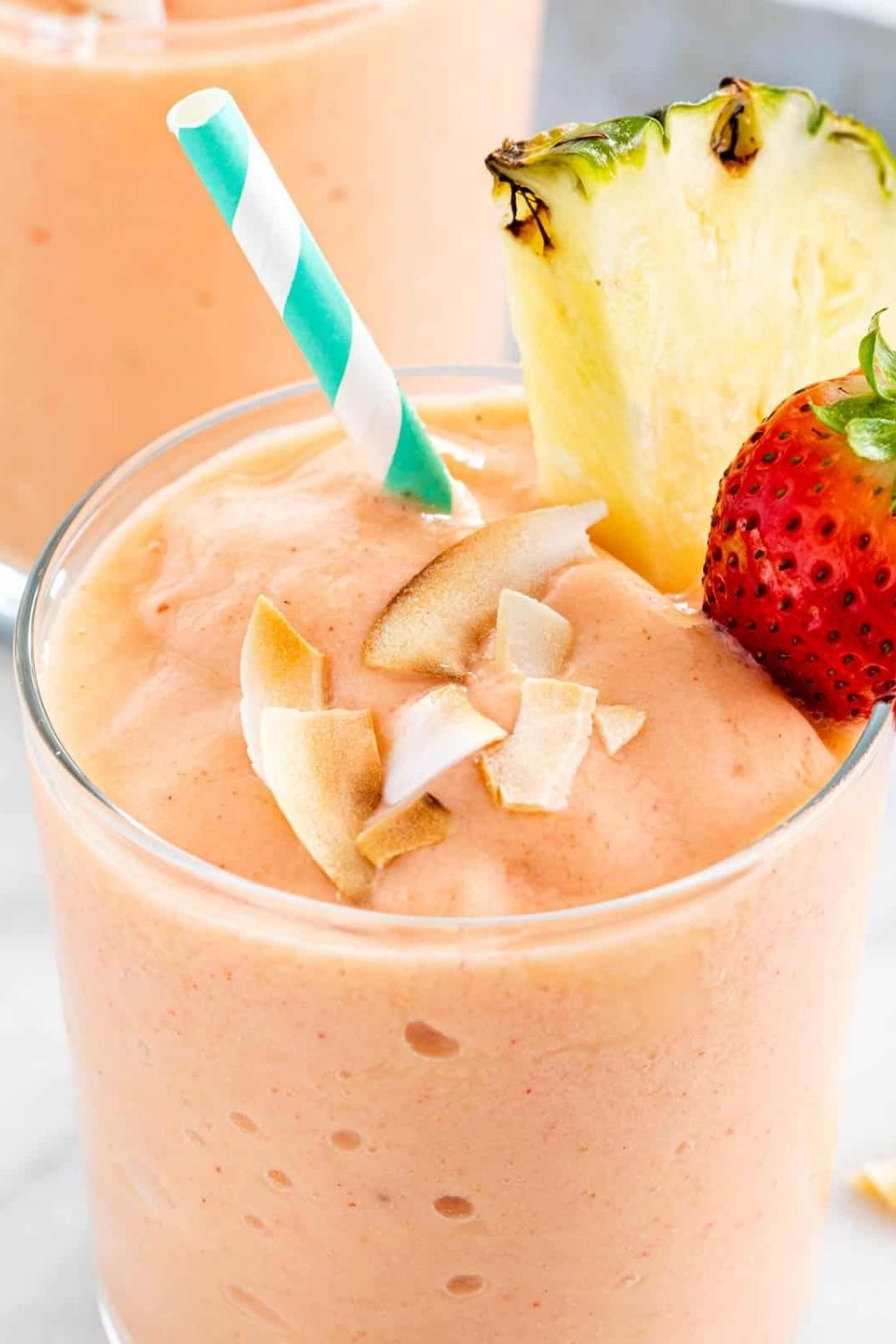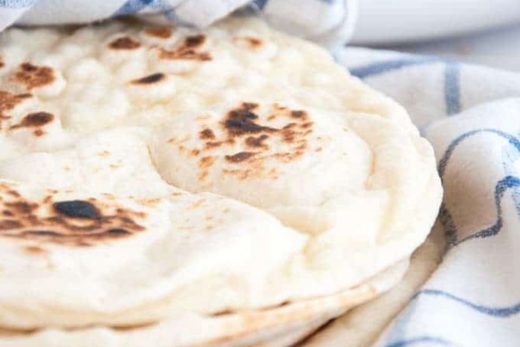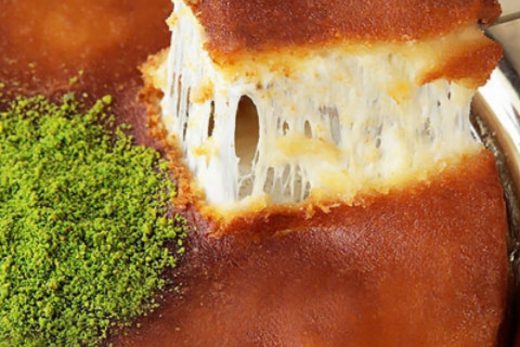Most noted for its co-starring role in the national dish of Jamaica, ackee and saltfish, this fruit shines in other preparations as well: as a creamy filler for seasoned rice, as a rich, aromatic filling for coco bread and patties, or as a lightly nutty, avocado-esque spread for hard dough toast.
Growing primarily in the Caribbean and Southern Florida, ackee starts out dangerously toxic, sequestered inside leathery green pods that cluster high aboveground like an imminent arboreal beatdown of clenched fists. As the fruit matures, the pods turn from green to red, their lobes unclenching and splaying open to reveal the three to five fingers of pale yellow or cream-colored ackee flesh within (called arelli), each tipped with a hard, shiny black seed. Once the pods open, the concentration of toxic hypoglycin molecules in the ackee flesh rapidly diminishes, rendering it safe for immediate cooking, freezing for later use, or canning in a light brine for wider commercial distribution.





